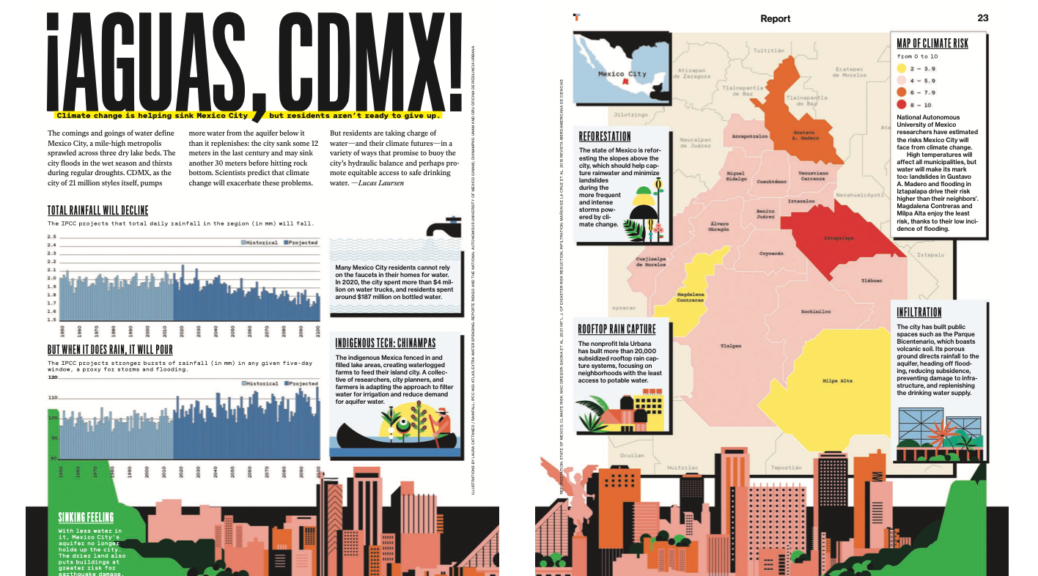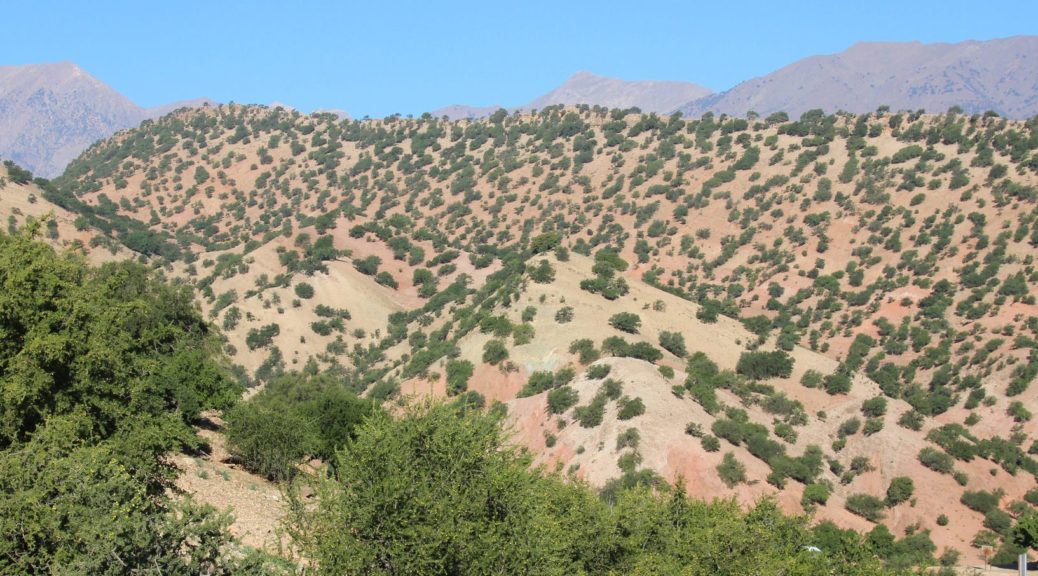A group of hacker-activists in Nigeria, in the wake of setbacks in the conventional court system, have taken their appeal to a higher authority—the court of public opinion. And to bolster their case that oil refinery pollution is harming the densely populated Niger Delta region, these hacktivists are engaging in their own campaign of DIY data collection and sharing.
Last March, Shell won a victory in one of its many court battles over the environmental impacts of its oil drilling in the Niger Delta. A U.K. judge ruled that the plaintiffs from the West African nation couldn’t prove that a 2011 oil spill in Nigeria’s offshore Bonga oil field had been the direct source of harm. The judge didn’t reject the existence of the harms, or even that they were caused by oil spills. Instead, the problem was attributing the harm to that specific spill.
Now, the Media Awareness and Justice Initiative (MAJI), a civil society organization in Port Harcourt, Nigeria, is building a low-cost air pollution monitoring network that could help better identify polluters. “Data has been the key,” in other, successful lawsuits, says Okoro Onyekachi, a filmmaker and the executive coordinator of MAJI. And now, he says, in MAJI’s own lawsuit for pollution reparations, as much data as possible will be needed. Starting in 2022, the group began installing the first of 15 air-quality sensors in and around Port Harcourt, Nigeria’s fifth largest city. The sensors are a mix of cellular-enabled and noncellular devices that monitor particulate matter alongside temperature, humidity, and atmospheric pressure.
Continue reading How Nigerian Hacktivists Are Taking on Big Oil
